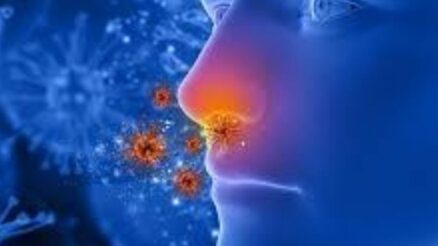Making an accurate disease diagnosis and pattern discrimination is the process of determining the patho-physiology of a patient so that one may come up with the most effective treatment.
This is a problem solving methodology. First, you need to have sufficient knowledge of the medicine, enough to make a well informed decision. Next, you must acquire relevant information through the four examinations. Finally, with knowledge and relevant information, you make probabilistic working hypotheses. Then with each successive visit, through delicate refinement, you should become closer and closer to the most accurate pattern discrimination possible.
There are three basic methodologies involved in the process of disease diagnosis and pattern discrimination;
1. Algorithmic reasoning, A flow chart of reasoning that says A can equal B or C.
2. Pattern recognition. Signs and symptoms that display particular patterns.
3. Hypothetical deduction. With knowledge and information, what could possibly be happening.
*Be cautious not to make the mistake of collecting ALL the information you can possibly dig up about your patient and their situation, this is not the most effective means of being accurate, and often leads to confusion.
It is recommended to hypothetically figure out what is happening, then through the treatment process deduct what is actually happening. Most importantly, develop what you feel comfortable with and develop your skill.
Acquire the facts about the patient via the 4 examinations.
Evaluate those facts, which are most/least important then clarify those facts (i.e. is their stool always loose, or does it alternate from loose to dry and difficult).
Then, what are the potential patterns that typically display with the diseases presenting.
Finally, determine which are the actual patterns that are being displayed (i.e. HA can be caused by so and so patterns, then, by looking at the facts that have been gathered, which is the actual pattern manifesting).
Etiology. What are the possible causes of the particular diseases and patterns (lifestyle, diet, over-working, toxins, emotions, wrong treatment, etc.). Your hypotheses and direction of examination are dependant upon the situation of that particular patient. Different patients get asked about different things depending on their particular circumstance. You must sift through uniquely to direct you examination and confirm your hypotheses.
Clear logical thinking is paramount to TCM disease diagnosis and pattern discrimination. Like a flow chart, intuition should play only a small role. You should be able to explain in a very logical way what you have seen and what conclusions you are coming to. If properly practiced, this is the dao of modern standardized traditional Chinese medicine.
TCM disease should not be confused with modern western scientific diseases. Remember, in TCM, cough is a disease, as is headache and heavy menses. Although it is also important to understand the basic mechanisms of the modern western scientific disease diagnosis that their western medical doctor has given them, and record it properly in their file..
Most importantly, pattern discrimination is the nucleus of TCM diagnosis, not disease recognition.
Patterns are made up of generalized signs and symptoms, tongue, and pulse. Same disease can manifest different patterns, and different diseases may display the same patterns. This is a famous foundational theory of TCM. Key; you HAVE a disease,…but you DISPLAY a pattern. There is no asymptomatic patterns. The patient must display the signs and symptoms necessary to come to a particular pattern discrimination. Only vary rarely can one come to a pattern discrimination with the presence of only one sign or symptom.
As a physician, superior diagnostic skills should always be sought after. Quite simply, without this fundamental skill set, inferior treatment will most certainly be the outcome.





